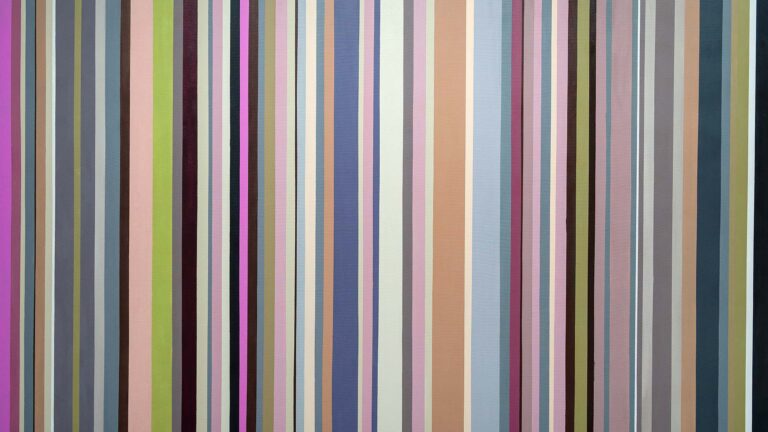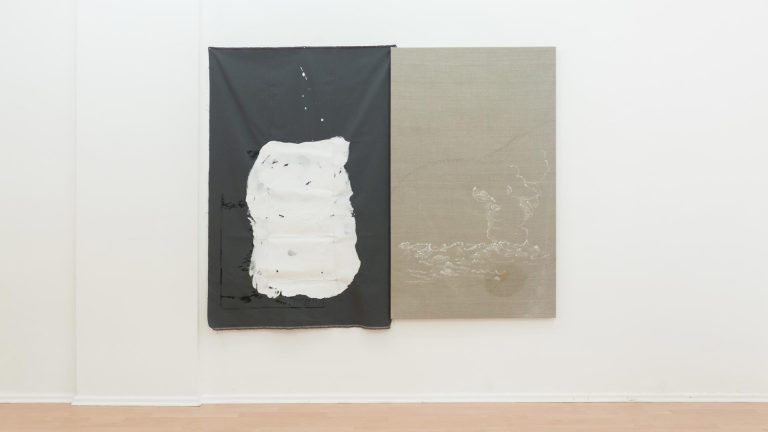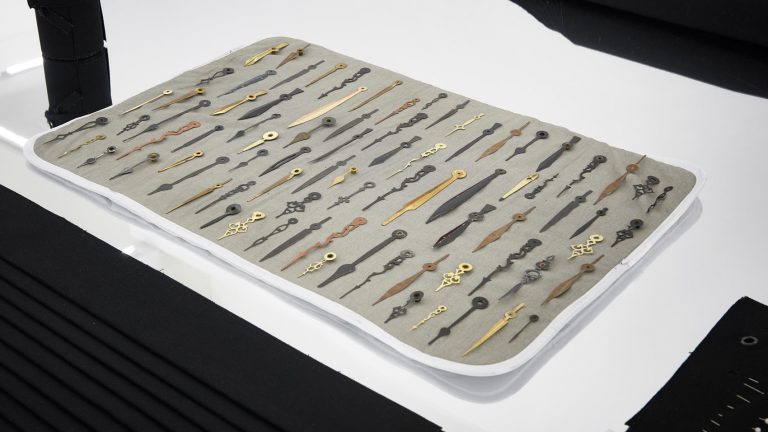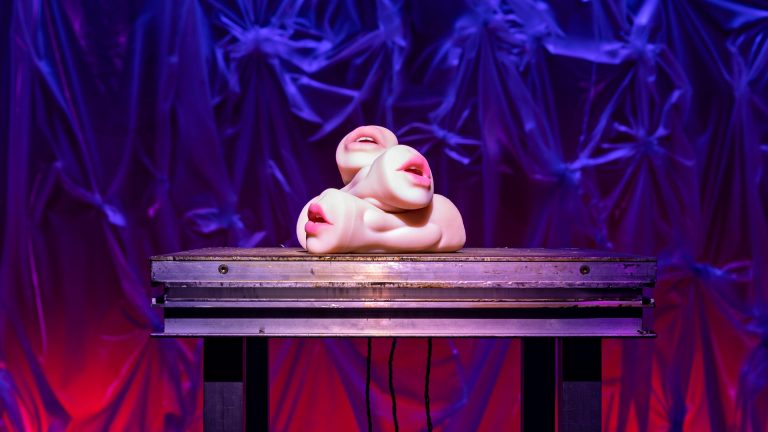The exhibition »Tracing Echoes. From Westerwald to Rio Tinto« takes us on a journey through time, from the industrial to the digital revolution, in search of traces of images from the past that continue to resonate with us today and point to the future: pictures that already exist, perceptions that we have, and renderings that are created by us or by technology. In video works, photographs, and analytical visualizations, Anne Quirynen and Sandra Schäfer explore the question of how a region, its landscape, industrial and agricultural uses have changed over time. The multidisciplinary works lead us from the Minas de Riotinto in Spain, one of the oldest copper mines in the world, through Westerwald, Germany, where August Sander initiated his photographic project »Menschen des 20. Jahrhunderts« (People of the Twentieth Century), to the planet Mars. In »Tracing Echoes. From Westerwald to Rio Tinto«, Quirynen and Schäfer combine both documentary and technically edited images to create a visual narrative about the influence of technology and capitalism on agriculture, mining and science as well as their depiction. In the process, they trace the subtle path and hidden facets of (gender) inequality, the effects of artificial intelligence on physical labor, and questions of social justice. What traces do landscapes bear of the people who live(d) in them? Which practices of research, use, and settlement do people use to inscribe themselves into/onto these landscapes? What is the relationship between industrial exploitation and scientific evaluation? How and in what ways do landscapes resonate in the images that exist of them and are generated by them? What realistic scenarios do they depict and what speculative utopias do they reveal?
- ↳ Exhibitions
Anne Quirynen & Sandra Schäfer at Kunstraum München

- Anne Quirynen, Sandra Schäfer
- Tracing Echoes. From Westerwald to Rio Tinto
- September 7 – October 20, 2024
- Kunstraum München
- Germany, Munich
- Curated by Lena von Geyso
- Photos: ©Thomas Splett / Courtesy by Anne Quirynen and Sandra Schäfer






































